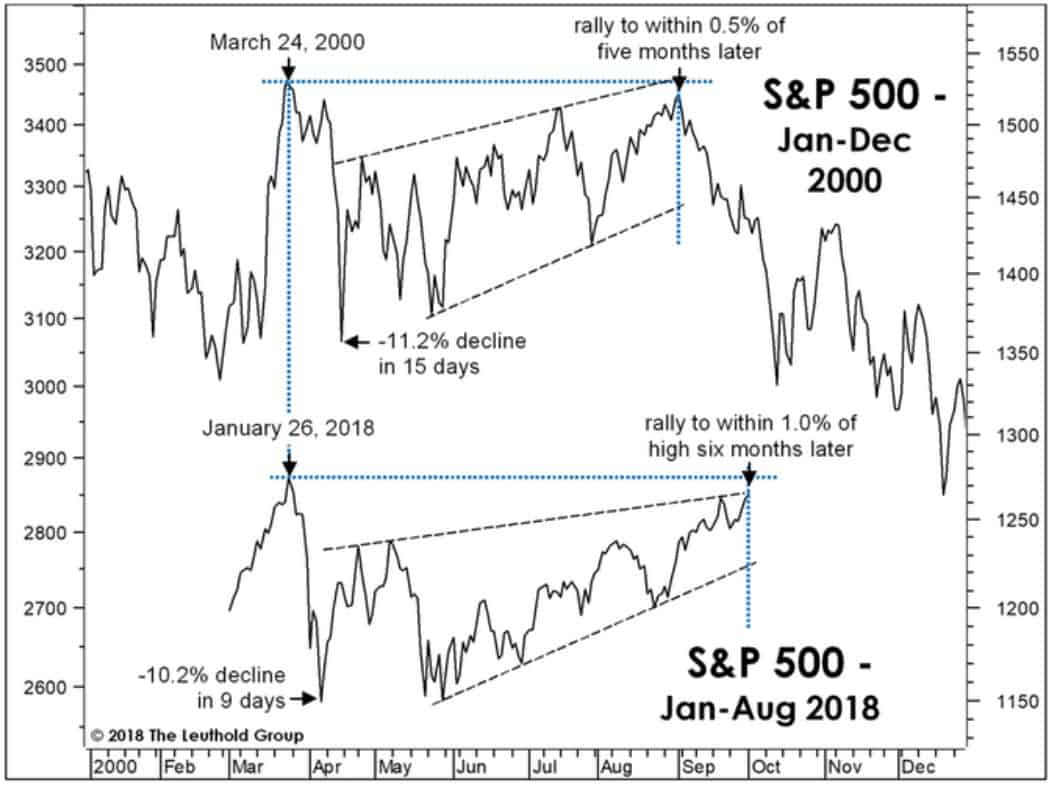David Stockman warns that the global economy has reached an "epochal pivot", a moment when the false prosperity created from $trillions in printed money by the world's central banks lurches violently into reverse.
There are few people alive who understand the global economy and its (mis)management better than David Stockman -- former director of the OMB under President Reagan, former US Representative, best-selling author of The Great Deformation, and veteran financier -- which is why his perspective is not to be dismissed lightly. He knows intimately how how our political and financial systems work, as well as what their vulnerabilities are.
Those interested in having the opportunity to spend an entire day with David Stockman, where he'll present the specifics of his forecasts as well as address investor Q&A, should consider attending Peak Prosperity's New York City Summit with him on Sep 26, 2018.
It's a good thing this Summit is coming up soon. We very likely do not have much time left before Stockman's predicted Great Reset begins.
As he puts it himself:
You would think by now that the big thinkers and strategists of Wall Street would get the joke. Trump's election was always a dagger aimed squarely at the egregious financial bubbles on Wall Street that have been building for 30 years at the expense of a stagnant main street economy.
And now [America's] no-holds barred pursuit of Trade Wars and Fiscal Debauch have guaranteed that the day of reckoning is at hand.
In fact, it may be only days away. And this chart from the final days of the dotcom bubble may be a pretty serviceable roadmap as to why and when.
This is a companion discussion topic for the original entry at https://peakprosperity.com/david-stockman-the-world-economy-is-at-an-epochal-pivot/




